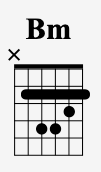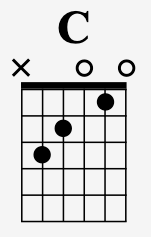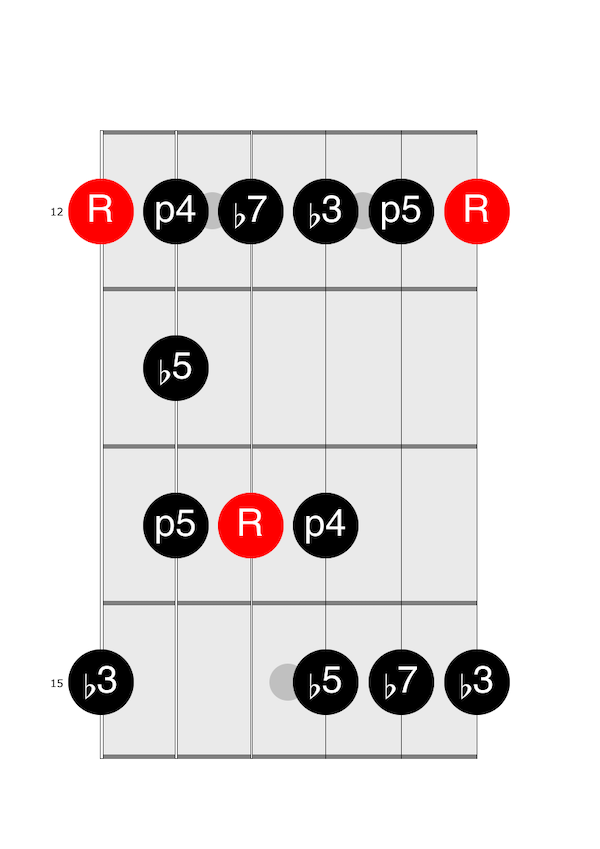Little Wing Guitar Lesson (Jimi Hendrix)
After learning thousands of songs. I’ve seen first-hand the influence of Jimi Hendrix’s guitar style on the history of music. And to be frank, it’s REMARKABLE.
Now to be fair. Hendrix wasn’t the first. In fact, his style was heavily influenced by a few key players that came before him. But he did take it to another level.
Today I want to share with you an iconic song of his. A fantastic song that proves the many intricacies of not only his LEAD playing but also his RHYTHM.
So make sure you’re tuned up and let’s dive into this “Little Wing” guitar lesson.
Who first wrote Little Wing?
"Little Wing" was written by legendary musician Jimi Hendrix. It was first recorded by the Jimi Hendrix Experience and was released on their 1967 album Axis: Bold as Love. The song is known for its beautiful and atmospheric guitar work, and it has become one of Hendrix's most celebrated and memorable compositions. "Little Wing" showcases Hendrix's innovative guitar playing and his ability to create intricate melodies and textures.
What makes this song stand out is that it's a bit different from Jimi's usual loud and wild stuff. It's more on the calm and thoughtful side. The way he plays the guitar in "Little Wing" is like painting a musical picture, and his singing feels so real and heartfelt.
The lyrics talk about protection and having someone watching out for you, like a guardian angel. Even though the song is short, around two minutes or so, it's packed with emotion that sticks in your head.
The song's timeless quality has led to numerous covers and interpretations by other artists over the years.
For example, Eric Clapton did a wonderful version:
Click here for a full lesson on Eric Clapton's Version.
And of course Stevie Ray Vaughan as well:
How hard is it to learn Little Wing on guitar?
Okay, let’s address the elephant in the room… If you are a guitarist and have landed on this page you may be wondering, “How hard is it to play “Little Wing?”.
Well, I’m going to give you two answers to this question.
The first is this. If you want to simply strum the chords along to “Little Wing” this is not going to be too difficult.
Anyone with a basic idea of some common chord patterns and some calluses could get this together relatively quickly. So I do think a beginner could play “Little Wing” with a simpler approach.
But to be able to play the guitar part that Hendrix played note-for-note is only going to be done by advanced players. This part could take years to learn.
However, I do believe that what's on this page and the videos above are going to aid you in doing this faster and easier than any other resource.
What tuning is Little Wing in?
Hendrix was known for tuning his guitar down a half step, which means each string on his guitar was tuned lower than the typical standard tuning. “Little Wing” is an example of this.
So instead of the usual E A D G B E tuning, Hendrix would tune to Eb Ab Db Gb Bb Eb.
There are a number of reasons why Hendrix did this.
For example:
- String Tension: Tuning down a half step reduces the tension on the strings. This can create a slightly looser and smoother feel when playing, which was conducive to Hendrix's bending and vibrato techniques. These techniques were integral to his signature sound.
- Tonal Characteristics: Lowering the pitch of the strings can result in a warmer and richer tone. Remember Hendrix played trio, so tuning down gave the entire band a fuller sound. It can also affect the way the guitar interacts with effects pedals and amplifiers, giving Hendrix's setup a unique sonic quality.
- Blues Influence: Hendrix was heavily influenced by blues music, and many blues players of the time tuned down for various reasons, including achieving a more resonant and expressive sound. This tuning connected Hendrix's playing to the blues tradition he admired.
- Experimentation: Hendrix was always pushing the boundaries of guitar playing and sound. Tuning down a half step was another way for him to explore new sonic territories and differentiate himself from other guitarists.
It's important to note that while tuning down a half step may seem like a small change, it had a significant impact on Hendrix's overall sound. His guitar work, combined with his unique tuning, contributed to his legendary status as a groundbreaking musician and one of the greatest guitarists in history.
What key is Little Wing in?
Jimi Hendrix played “Little Wing” in the key of Em on his guitar tuned down ½ step. So he was thinking in the key of Em but the actual concert pitch is Eb minor.
Little Wing Guitar Lesson Chords
Next, let’s talk about the chords needed to play “Little Wing”. There are seven chords total Em, G, Am, Bm, C, F, and D. Let’s look at how these can be played primarily in open position on the neck.
For Em, we’ll use all 6 strings like this:

G is played in with all 6 strings as well like this:

Am is played from the 5th string down like this:

Bm is played in the 2nd position as a bar chord like this:

C is played from the 5th string down like this:

F can be played as a bar chord at the first fret like this:

And finally, D can be played in open position from the 4th string down like this:

Next, let’s take a look at how these chords fit into the chord progression.
The song is in a 4/4 time signature for the majority of the song. This means we will be counting 4 beats per bar like this:
1 2 3 4 = 1 bar (or measure)
However, there will be one bar where we switch to a 2/4 time signature. (I will point this out when we get there). After that just one bar of 2/4 time it will go right back to 4/4 in the next bar.
So we’ll begin with the chords Em, G, Am, Em, and Bm for the first 5 bars.
Em (1 bar)
G (1 bar)
Am (1 bar)
Em (1 bar)
Bm (1 bar)
Then the chords start moving a little faster. We’ll play Am to C in one bar. And then G to F in one bar.
Am, C (1 bar)
G, F (1 bar)
Bar 7 is where we have the 2/4 time signature. Here we’ll play the C chord for just 2 beats. Then we’ll go right back to 4/4 time and play a D chord for 2 final bars.
C (1 bar) 2/4 bar
D (2 bars) 4/4 time again.
So all together the progression goes:
Em (1 bar)
G (1 bar)
Am (1 bar)
Em (1 bar)
Bm (1 bar)
Am, C (1 bar)
G, F (1 bar)
C (1 bar) 2/4 bar
D (2 bars) 4/4 time again.
After this, the progression simply goes back to the top and repeats over and over for the entire song. The total progression is 10 bars long.
Little Wing Guitar Solo Lesson
Playing the E minor blues scale over “Little Wing” is a great way to create a bluesy and soulful sound. The E minor blues scale is very similar to the E minor pentatonic scale but has the addition of one more note. This added note is called a "blue" note, and it gives the scale that distinctive gritty and bluesy flavor.
Here's how you can play the E minor blues scale on the guitar in the 12th position:

Hendrix used this pattern to play 99% of his solo on “Little Wing”
You can also play the E minor blues scale in an open position, which is slightly more beginner-friendly like this:

Remember, the beauty of the blues scale is that you can add your own "expressive" style by bending strings or using techniques like vibrato to give your playing that characteristic bluesy feel.
Feel free to experiment and slide between notes to add some extra flair.
The E minor blues scale uses the notes E, G, A, Bb, B, and D.
As you get comfortable with the basic scale shape, you can start exploring different positions on the fretboard, incorporate bends and slides, and experiment with various phrasing techniques. Learn these with the guide below...
Playing the E minor blues scale is a fantastic foundation for practicing your blues guitar playing and improvisation.
Conclusion:
To wrap it up, exploring the profound influence of Jimi Hendrix's guitar style on the history of music is truly a fun and rewarding journey. While he wasn't the first to ever play in this style. His innovation and skill took the sound to unprecedented heights and has influenced many generations to come.
As we've uncovered, "Little Wing" stands as a shining example of Hendrix's artistry. This iconic song not only showcases his mastery of lead and rhythm playing, but also his ability to evoke DEEP emotions through his guitar and vocals.
Remember to take it slow and when you are ready try playing it along with the recording.
And for more great blues guitar lessons check out this blog on the 101 Best Blues Songs To Learn On Guitar next!
Like this blog post? Get Jon’s best guitar lessons straight to your inbox.
